Until now, cloud service developers typically sold their products directly to companies. However, it suddenly became clear that there’s room for intermediaries! They allow both customers and developers to save on expenses, for instance, following the model of this startup. Want to earn ‘out of thin air’? Become an intermediary in the already large and still growing cloud services market.
Project Essence

Pump helps small companies and startups, spending between $1,000 to $100,000 a month on Amazon cloud services, save up to 60% on their expenses.

The savings method proposed by the startup is simple – group purchases. Pump:
- Gathers small companies with minimal cloud resource usage,
- Makes bulk purchases from Amazon, availing discounts for such volumes,
- Then distributes these resources among its users.
As a result, each user company, when purchasing through Pump, obtains their modest cloud resource volumes at cheaper wholesale prices.
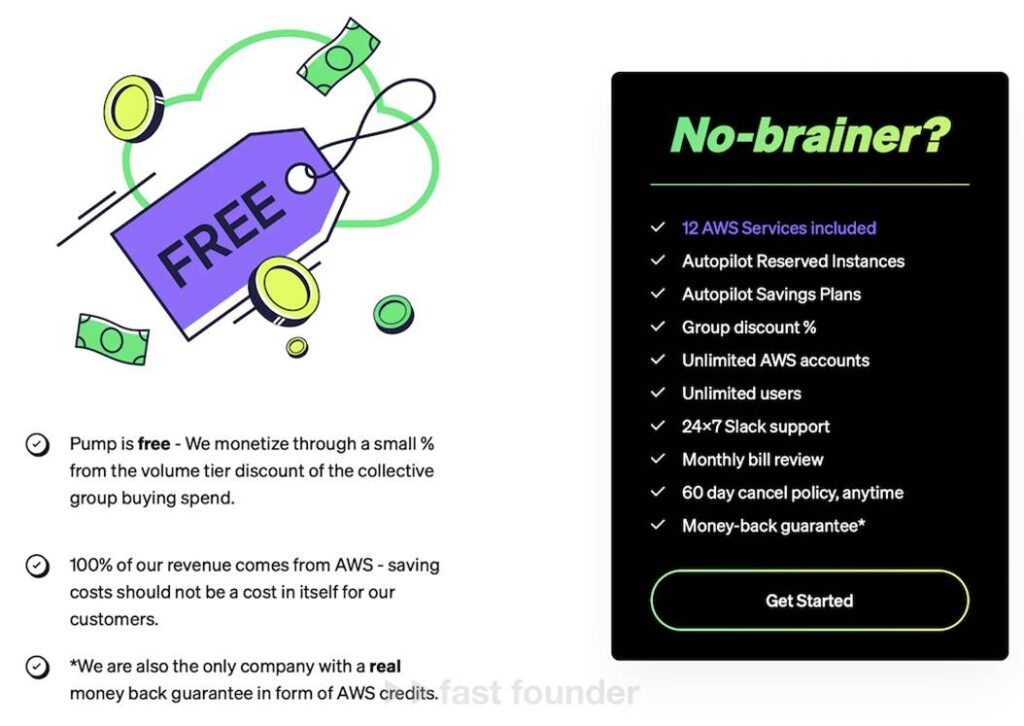
For user companies, the service essentially comes at no cost, as Pump doesn’t charge them for this service. The startup earns by retaining a small portion of the discount obtained from Amazon. This means companies pay slightly more than what Pump procures the resources for, but still less than what they would have paid if they went directly through Amazon.

Furthermore, under Pump’s hood, there are specialized algorithms that monitor the actual use of resources purchased by each company. They automatically trim the number of unused resources while maintaining or even enhancing their performance, ensuring companies achieve additional savings.
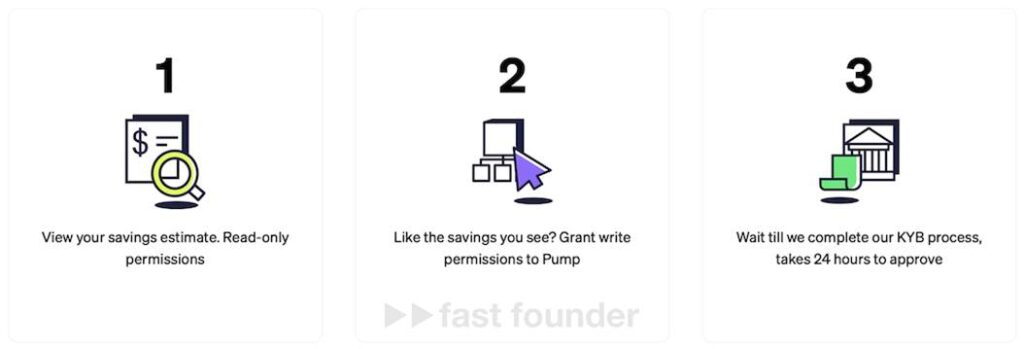
Before joining Pump, a company can grant the service’s robot read permissions for its cloud resources. The robot then calculates the potential savings the company can achieve. If the company agrees to the terms, it has to give the robot additional modification rights and wait for approval to connect to the service, which happens within 24 hours.
Once approved, the company will now have to pay its bills to Pump instead of Amazon. Meanwhile, the service’s robots will also handle the automatic optimization of the company’s cloud resources.
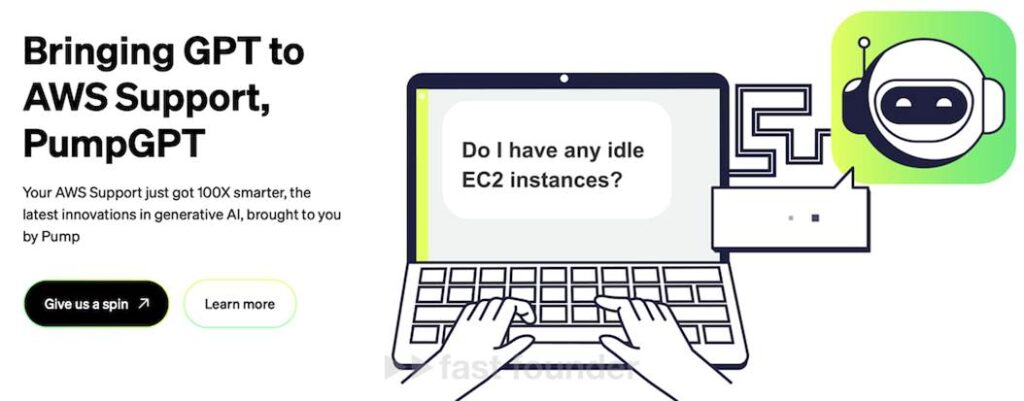
Recently, the startup rolled out another product – PumpGPT. As the name implies, it’s a counterpart to ChatGPT, tailored for answering questions and addressing issues with Amazon’s cloud services.
Its purpose is to provide Pump users with technical support, which they previously had to seek from Amazon’s support service. At first glance, this might seem like just a trendy feature, until you recall that companies have to pay for premium technical support. And it’s not exactly cheap.
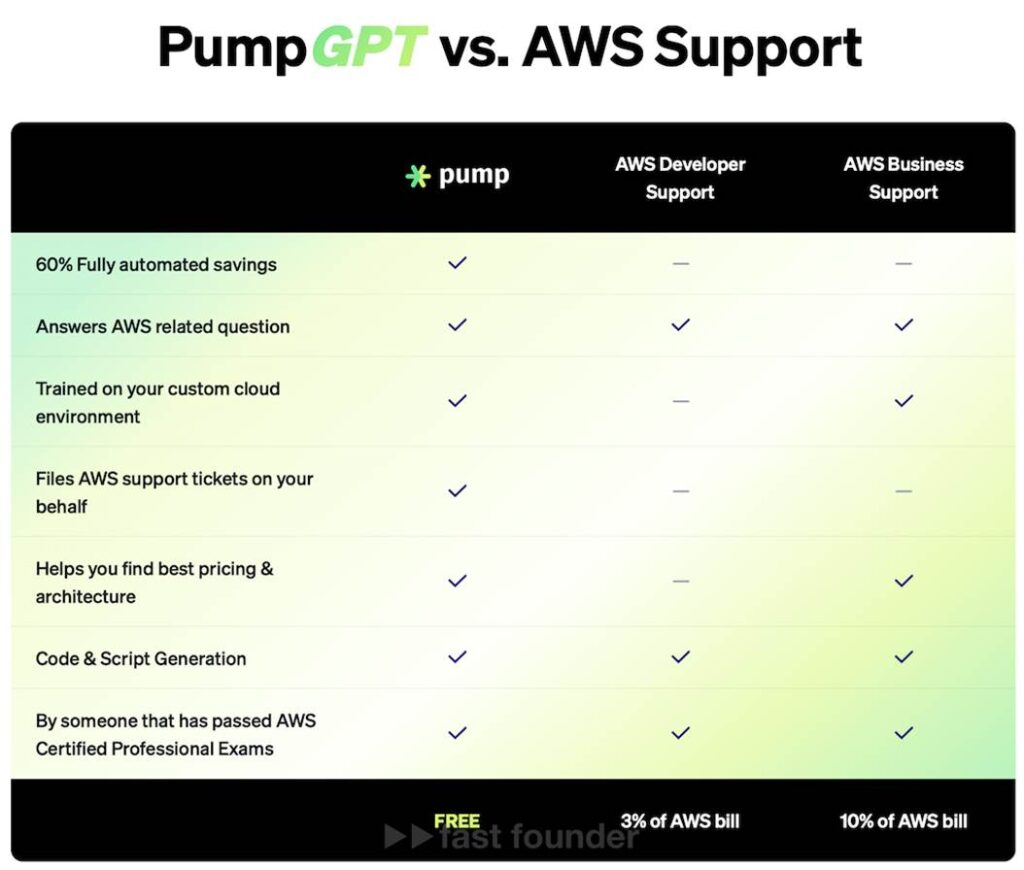
Priority technical support from Amazon for startups, under the developer support program, will cost, on average, 3% of the bill for cloud resources, while for regular companies, it’s 10%.
Now, both startups and companies can save this money if they start using PumpGPT.

And, by all accounts, it turned out to be quite impressive. PumpGPT undergoes Amazon’s certification exams, answering 91% of questions in each attempt with a new set of tests. As the startup claims, this might be 90% better than the results demonstrated on the same tests by ChatGPT-4 😉

A significant advantage of PumpGPT is that it’s specifically trained to offer its users the most cost-effective solutions to their issues. After all, the main goal of Pump and its clients is to save on expenses for cloud services.
Pump has already amassed about 200 clients, helping them save approximately 12 million dollars annually.
In spring 2022, the startup was accepted into Y Combinator and raised 1.5 million dollars in investments then. Pump is now gearing up for a new funding round, but its volumes and results have yet to be announced.
Interesting Facts:
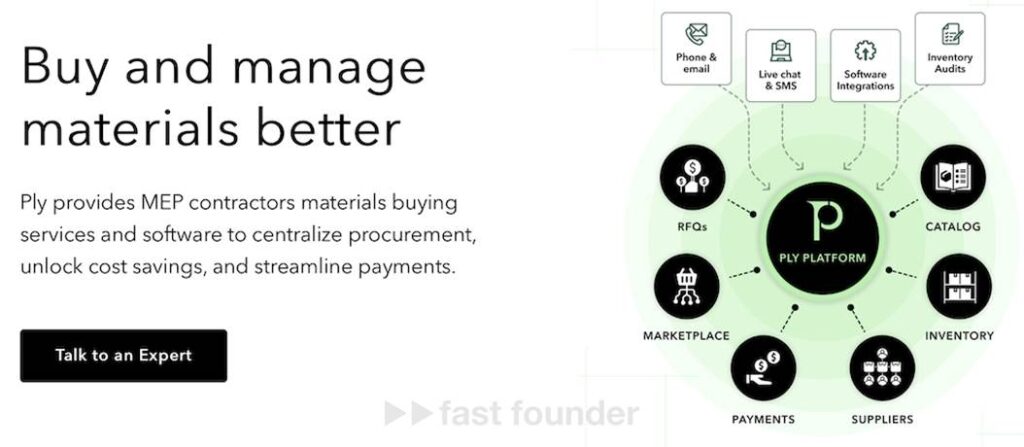
A similar group purchasing mechanism seems to be at work with the marketplace Ply, through which small companies can procure equipment and goods for repairs and interior finishes. The startup promises companies savings of up to 30% on procurement prices. They raised 5.7 million dollars in investments.
The general concept of group buying isn’t new, and Groupon was once a very popular pioneer in implementing it online. Today’s Pump even states on its main website page that “we did for buying cloud resources what Groupon did for buying pizza” 😉
However, group purchases have typically been used for the acquisition of physical goods. That’s because the manufacturer or distributor would save significantly on logistics and inventory turnover, for which they were willing to offer substantial discounts.
Cloud service developers don’t face these issues. So, at first glance, it might be unclear why they would want to work with “extra” intermediaries for group resales.
Yet, Pump’s founder says Amazon is very receptive to Pump as an intermediary. At the very least, because Amazon has no aversion to intermediaries since it already works with them in the form of large consulting firms that recommend and resell their cloud services to their major clients.
In Pump’s case, Amazon gladly began to offload onto the new intermediary the hassle and costs associated with connecting, servicing, billing, and resolving issues for hundreds or even thousands of small clients. After all, for Amazon, these are also expenses that Pump helps them save on.
Thus, the trend is the emergence of a new level of intermediaries in the sales of cloud services, which cloud service developers used to prefer selling directly to end-users.
Riding this trend wave, other startups have started to emerge, some of which I’ve written about:
SaaShop – a marketplace for selling cloud services to small companies. They raised 3.5 million dollars in investments.
Vendr – a service helping larger companies get good terms for connecting and renewing contracts for cloud services. They raised 216 million dollars in investments.
Where to Run
Reselling cloud services is not only a cool business model but also a vast market!

In 2022, global spending on cloud services amounted to nearly $500 billion. In 2023, they will grow to almost $600 billion. And by 2024, they will reach $725 billion.
Each specific company is spending more and more money on cloud resources. Thus, the percentage of savings on them begins to translate into quite noticeable amounts for companies – on which they are now willing to save.

Moreover, more and more companies are using cloud resources. Research firm Gartner claims that by 2026, 75% of all organizations will undergo digital transformation, resulting in most of their platforms being moved to the cloud.

The catch is that 99.9% of companies in any market are small companies. Therefore, cloud service developers are starting to spend more and more effort and money on servicing small clients. And, as we see in the relationship between Amazon and Pump, they are already ready to start shifting this hassle onto the shoulders of intermediaries capable of accumulating at least a hundred or two such clients.
From this stems two possible directions of movement.
If you are engaged in the creation and promotion of cloud services for business – think about how you can effectively use intermediaries to connect and service small clients. This will help you expand your audience reach and save on operational expenses.
If not – consider becoming such an intermediary yourself, starting to offer your potential clients savings and additional value.
What type of cloud services would you start reselling in this way? What additional values, besides savings on group purchases, could you provide your clients with for this type of service?
About the company
Pump Website: pump.co
Latest round: $1.5M, 03/29/2022
Total investments: $1.5M, rounds: 1.
